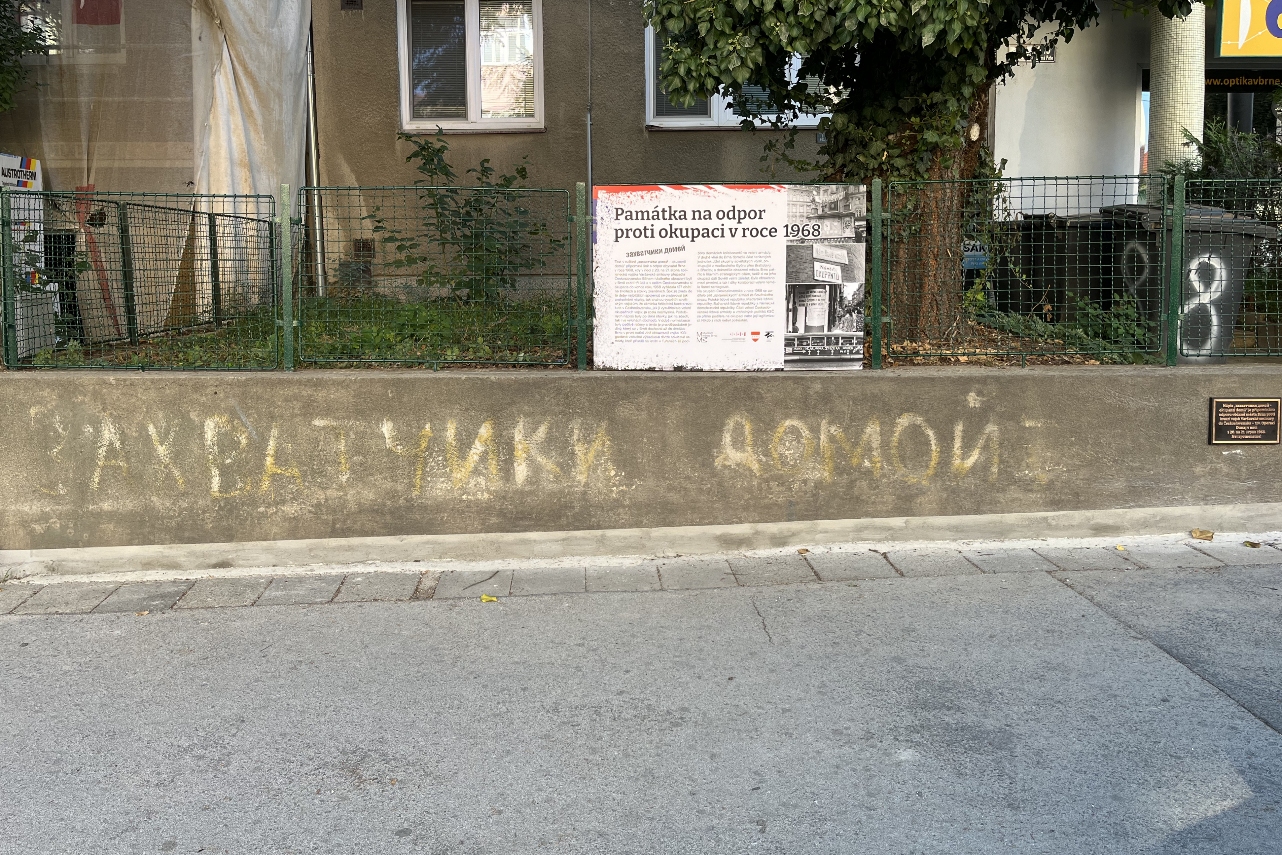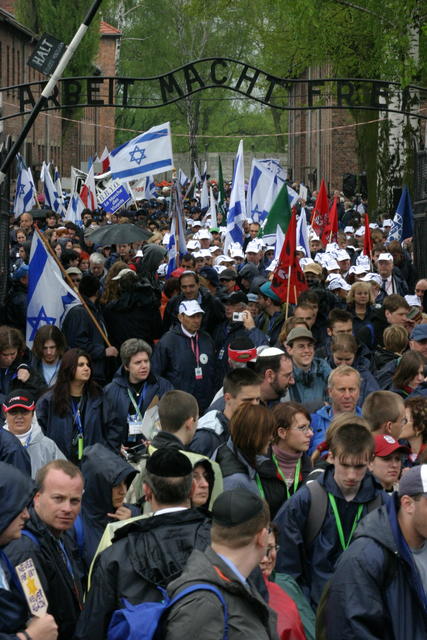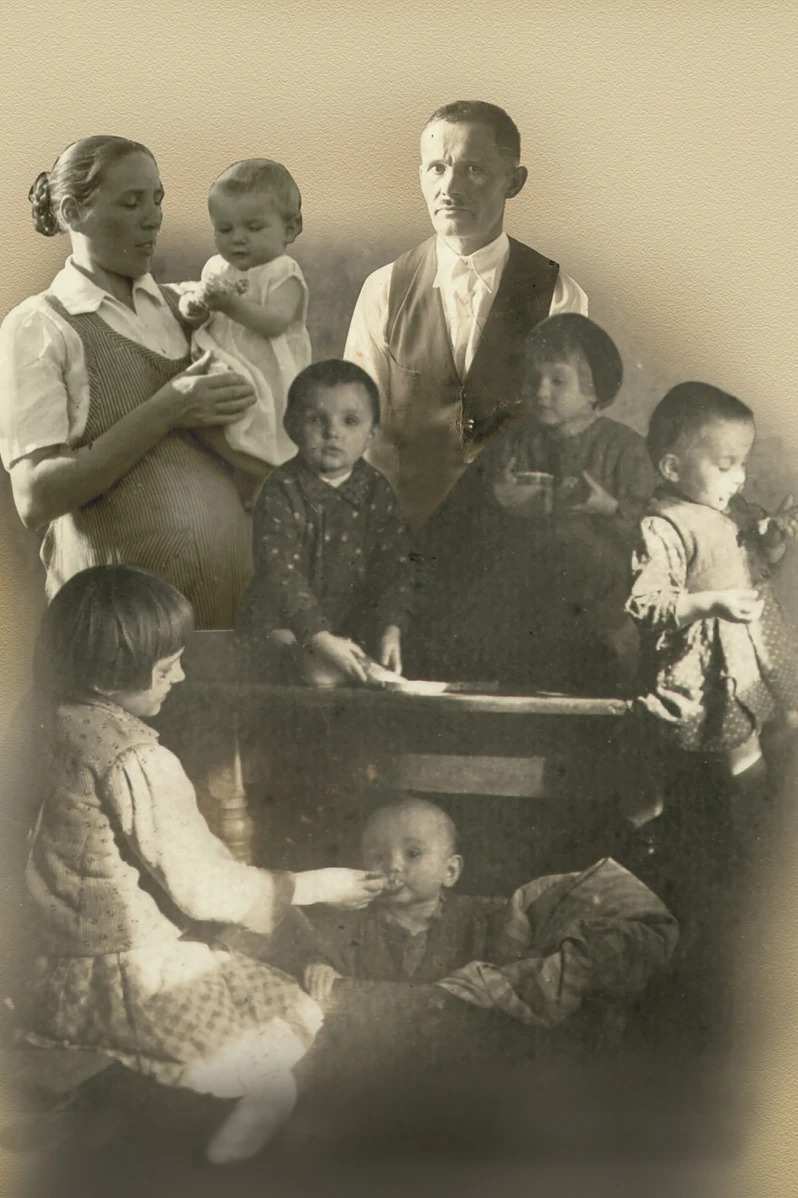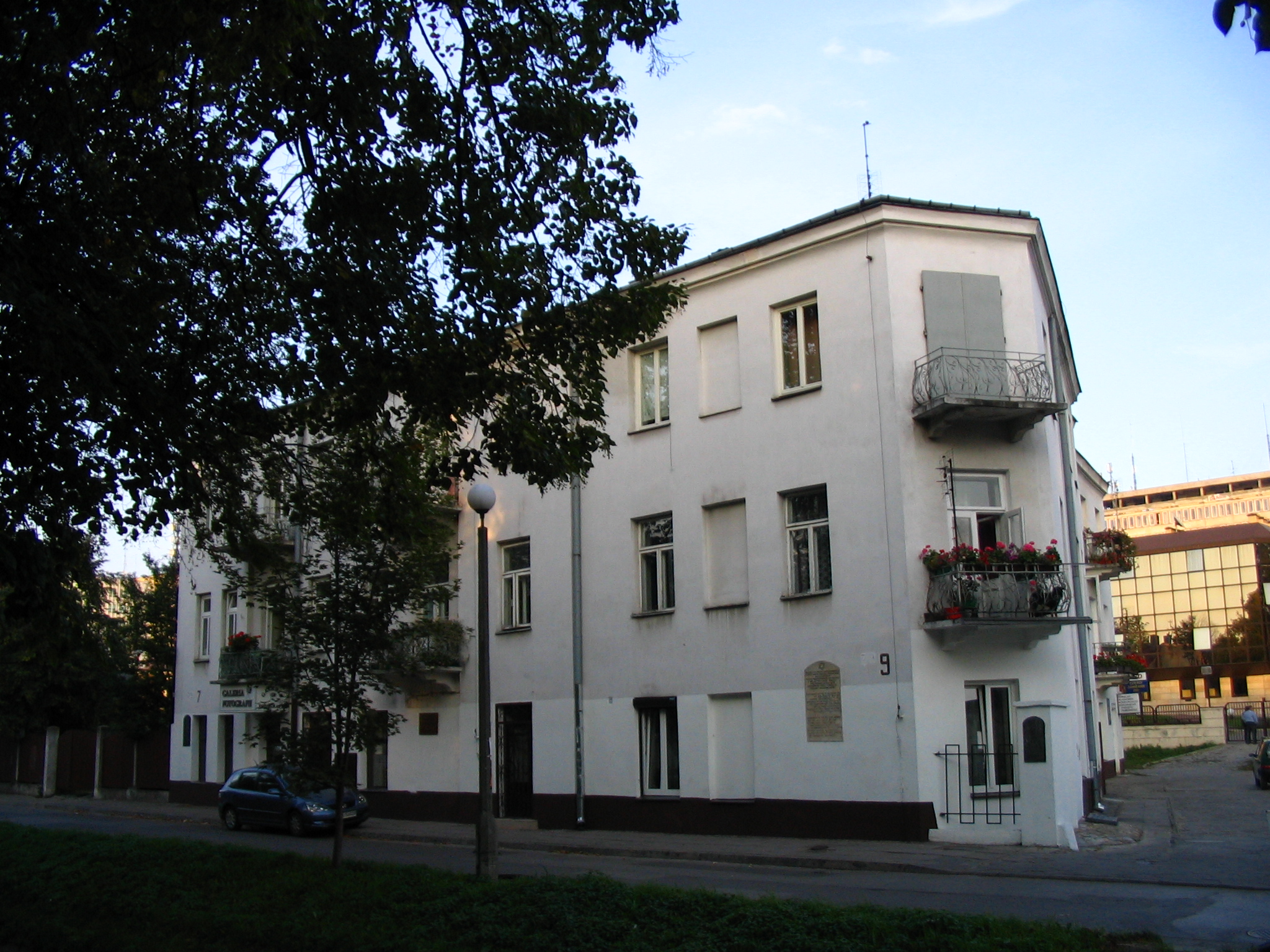The occupation 1968 – Memorial to occupation in Brno, Merhautova 77
Fact of the Czech figure „Prague Spring – 1968″
Part of the „Dreaming about the democracy” topic
During 1968, Czechoslovakia was undergoing revolutionary changes, which went down in history as the „Prague Spring”. Reformist leaders of the ruling Communist Party of Czechoslovakia (KSČ), led by Alexander Dubček, sought to democratise the existing regime, which was met with enthusiasm by the general public.
Although they did not want to deny socialism or diminish the leading role of the KSČ, their ideas were perceived as anti-socialist by representatives of other socialist states, especially the USSR. They feared that the democratisation process would lead to Czechoslovakia’s withdrawal from the socialist bloc and thus worsen the political and strategic situation of the whole Warsaw Pact. They therefore decided to resolve the situation violently.
On 21 August 1968, the troops of the USSR and other Warsaw Pact states invaded Czechoslovakia and occupied the country within a few hours without meeting any armed resistance. However, the unarmed resistance was significant. The occupation sparked massive demonstrations, represented by the anti-Soviet graffiti still appearing in places, one of which is preserved in Brno’s Merhautova Street (a slogan „occupiers go home” written in Russian).
Despite that, the invasion eventually achieved its goals: the Communist Party leadership was forced to stop the democratisation process. The party was subsequently led by the ultra-leftist wing, which re-established a rigid regime of communist dictatorship during the so-called normalisation.





